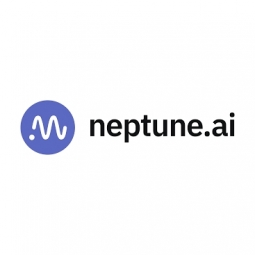- Analytics & Modeling - Machine Learning
- Infrastructure as a Service (IaaS) - Cloud Middleware & Microservices
- Education
- Equipment & Machinery
- Behavior & Emotion Tracking
- Virtual Training
- System Integration
- Training
Brainly is a leading learning platform worldwide, providing an extensive Knowledge Base for all school subjects and grades. Each month, over 350 million students, parents, and educators rely on Brainly as a trusted platform to accelerate understanding and learning. One of their core features is Snap to Solve, a machine learning-powered feature that allows users to upload a photo of a problem for the system to detect and provide solutions. The Visual Search team at Brainly is responsible for the Visual Content Extraction (VICE) system of the Snap to Solve product.
Brainly, a leading global learning platform, faced a challenge with their machine learning-powered feature, Snap to Solve. The feature allows users to upload a photo of a problem, which the system then detects and provides solutions for. The Visual Search team, responsible for the Visual Content Extraction (VICE) system of Snap to Solve, used Amazon SageMaker to run their computing workloads and serve their models. However, as the number of training runs on their large compute architectures increased, they found that their logs from Amazon SageMaker needed to be trackable and manageable to avoid workflow bottlenecks. They needed a tool that could scale regardless of the experiment volume. While they tried using SageMaker Experiments for tracking, they found the tracking UX and Python client unsatisfactory.
Brainly's team found a solution in Neptune, a tool that could integrate well with their technology stack and their CD pipeline. They developed a custom template to connect Neptune with Amazon SageMaker Pipelines using the `NEPTUNE_CUSTOM_RUN_ID` feature. This allowed them to log and retrieve experiment metadata and usage metrics for the entire computational pipeline in a single run, ensuring efficient organization and easy reproduction of their experiments. Neptune's intuitive UI allowed anyone in the team or organization to easily analyze the tracked data. Additionally, Neptune's unlimited user feature and collaboration features such as sharing UI views through persistent links, enabled better visibility across the organization. The team also used Neptune to monitor and optimize their computational resource consumption, particularly for their multi-GPU training and large data processing jobs.

Case Study missing?
Start adding your own!
Register with your work email and create a new case study profile for your business.
Related Case Studies.









